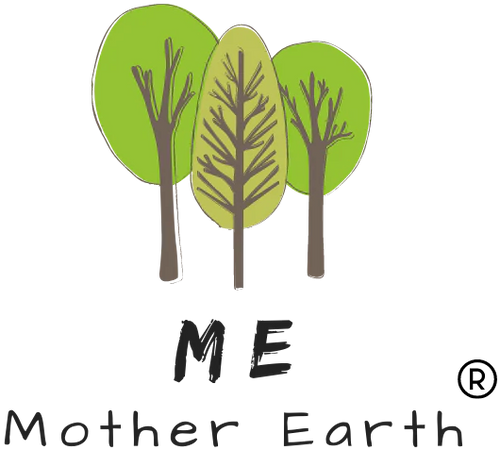Fast fashion. What does that mean? Let’s break it down - you spot something adorable on Taylor Swift in her latest video and the next week there’s a marvelous little number just like hers in the window of H&M. For twenty bucks. Of course you snatch it up, even though the seams aren’t perfect and the fabric isn’t top notch. You rock it a couple of nights out, looking super cute btw, and the hem comes loose and you shove it to the back of the closet where it will sulk until you go on a closet purge and toss it. This system of buying cheap and often; of consumer demand and overproduction - it just doesn’t make sense for people and the planet.
It’s also driving climate change and environmental degradation. The annual production of garments has literally doubled since 2000 and an estimated 92 million tons of textile waste is dumped every single year. I don’t suppose I need to tell you that when fabrics go to landfills bad things happen. But of course, not all fabrics are created equal. Are there sustainable fabrics? What’s the absolute worst? Let’s look at an example of the good, the bad, and the just plain weird aspects of the textile industry.

Let’s start with the good! Cotton - the fabric of our lives - amirite? Cotton has got to be the absolute best… whut? Cotton might be one of the most successfully greenwashed products in all of history. But it’s a plant… it’s natural… why? I hear you whine. The devil is in the production; namely water usage, sustainability practices and farm worker ethics. Conventional cotton is bad on all fronts. Raised in depleted soil, cotton guzzles water like a fiend. It’s fed on chemical fertilizers and coated in pesticides all of which pollute existing ground water. It’s most commonly grown in developing countries often utilizing child labor, by farmers trapped into single yield farms and forced to endure the costs of a needy crop with no guarantee of a good harvest. If conventional cotton is cheap in the marketplace, understand that someone has paid dearly for it.
The answer, of course, could be in choosing cotton clothing that comes from an organic source or choosing recycled cotton, linen cotton, or hemp cotton which requires little fertilizer, pesticides, and water. Both options aren’t as readily available but they are definitely in the Good Column for fabric. Just be sure to look for these third-party certifications: USDA-Certified Organic, Global Organic Textile Standard (GOTS), Organic Content Standard (OCS), Bluesign, Better Cotton Standard, Fair Trade, and Oeko-Tex 10.
Now let’s examine the absolute worst. Let’s talk about Rayon. But wait, isn’t it made from cellulose (read wood pulp) and therefore biodegradable and non-toxic? Well, yeah, but Rayon has contributed to the deforestation of rainforests; literally thousands of hectares each year, just to plant the trees used to produce it. Then it’s processed using loads of toxic chemicals, energy, and water. This not only harms the environment by polluting it, but it also harms factory workers. Straight to the Bad Column with you and again, production is the problem.
How about something weird? Imagine wearing clothing made from spider web! Spider silk is four or five times stronger than steel, but it is remarkably lightweight. A startup in Japan has developed a technique for making synthetic spider silk. The material is called Qmonos (from kumonosu, or "spider web," in Japanese) and is proving to be both strong and more flexible than nylon. TLDR- this doesn’t involve actual spiders (and is cruelty-free), just some genes and microbes and fancy Japanese technology (some 16 patents are in the works.) Apart from clothing, Qmonos could eventually be used to make film, gels, sponges, artificial blood vessels, and nanofibers. How’s that for climbing out of the box?
Sustainability is often more than choosing a plant based option. We need to look more closely at how our fashion choices impact our world. Doing a little research is the beginning of the journey. Shopping second hand first and foremost and only when you need something. Using our dollars to help Mother Earth goes a long way down the path.

